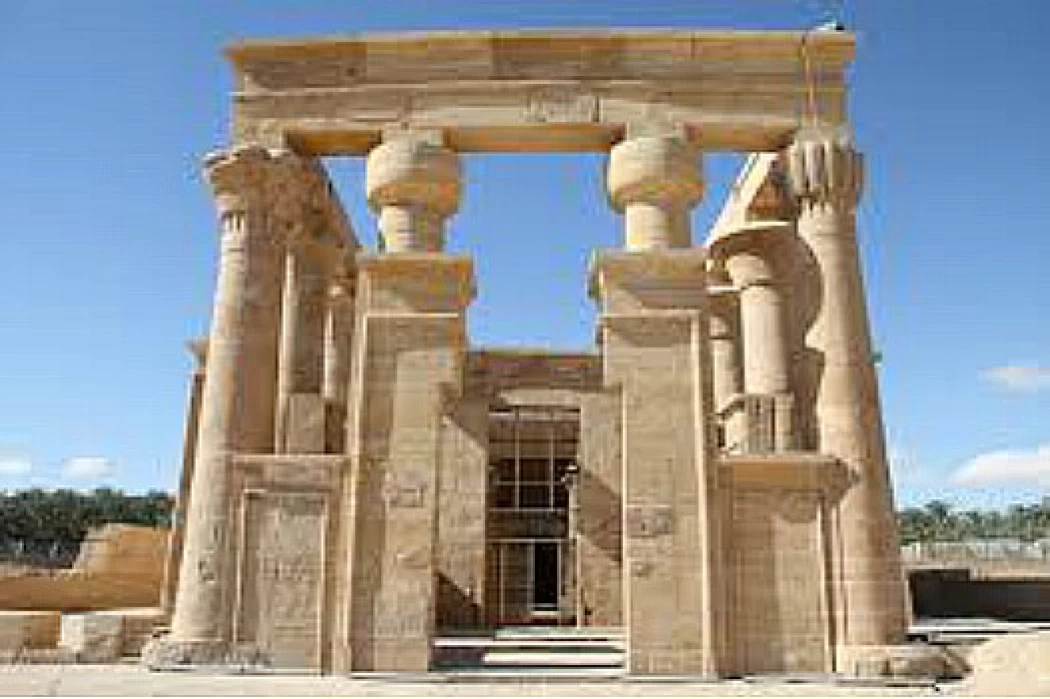
Temple of Hibis: Ancient Amun's Sanctuary
Temple of Hibis: Ancient Amun's Sanctuary
Even though it was constructed in the period of King Bismatik II and Ibris, its epigraphs were finished in the reign of King Darius I. The external yard of the temple was built in the period of Kings Nakhtanbu I and II, the great gate was made in the period of King Ptolemy II, and another gate was constructed in the Roman periods.
To the east, there is a ship harbor that has sustained ships and then lies the fragmented remains of the Roman economic legislation gate which has laws inscribed in Greek on both sides around the country. Next is a short incomplete ramp road, and at the temple’s entrance, there a painted epitaph the length of which depicts the wall politics of an oasis king, the an even older law concerning protection of women’s rights and just relations amongst citizens.
There is also a hall from which only the floor and the remains of some columns remain, and we find many religious scenes of many kings, and from this hall we reach the transverse hall with four columns, in which there are scenes of the important Thamun, as well as a hunting scene.
The phenomenon of perpendicularity is recorded on the ground in the Holy of Holies of the Temple of Hippos and is called “sister”, and its history in each temple is mostly due to the beginning of the establishment of the temple, or to one of the events associated with the god of the temple in this period or his birthday or the day he sat on the throne, and the sun perpendicular to the solar panel inside the temple, in an event that is repeated on the sixth of September and the seventh of April every year, and the sun's perpendicularity to the temple's holy of holies coincides with the celebrations that were held in the temple.














